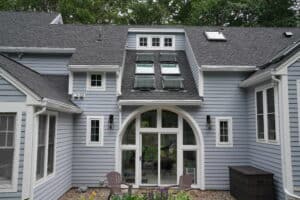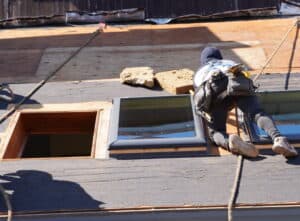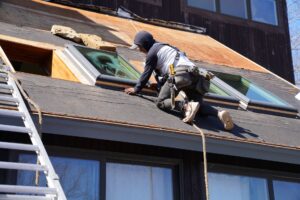
Skylights are windows installed on the roof or ceiling of a building to bring natural light and fresh air into the space. They are popular for their aesthetic appeal, energy efficiency, and health benefits. Skylights come in different styles, sizes, and designs to fit any architectural design or personal preference.
Installing a skylight is a delicate process that requires expertise and precision. It involves cutting a hole in the roof or ceiling, installing the window, and sealing it to prevent water leaks and air infiltration. A poorly installed skylight can lead to costly and dangerous consequences such as water damage, energy loss, and health hazards. For this reason, you must consider several important things to make an informed decision before installing a skylight, such as materials and how it will be done. Beyond that, there are also several things you must know before installing one, such as:
#1 – You Must Consider Your Preferred Features
Skylights have different features, such as fixed, venting, or tubular. Fixed skylights are stationary and do not open, while venting skylights can open to allow ventilation. On the other hand, tubular skylights are small and designed to bring natural light into small spaces such as closets and bathrooms. To this end, you must consider your preferred features based on your needs, location, and budget.
In most cases, venting skylights are ideal for areas that require ventilation, such as kitchens, bathrooms, and attics. On the other hand, fixed and tubular skylights are perfect for rooms that require more natural light, such as living rooms and bedrooms.
#2 – Getting the Skylight’s Fit Must Be Right from the First Time
A skylight must be measured accurately to ensure a proper fit because it will help you determine the appropriate size and shape of the skylight. It is also essential to consider the roof’s pitch and the skylight’s location in the sun’s path because this will affect the amount of light that enters the room.
A skylight’s fit must also be appropriate for the building’s insulation and weatherproofing. This is important to prevent heat loss or gain and to avoid leaks that can cause damage to the interior of the building.
#3 – A Skylight Will Stay Leak-Free Depending on the Materials Used
The materials used to construct a skylight can significantly affect its ability to remain leak-free. High-quality materials, such as tempered or laminated glass and durable seals and flashing, can ensure the skylight remains watertight over time.
For this reason, regularly inspect and maintain the skylight to ensure it remains in good condition and address any potential issues before they become significant problems. Regular cleaning and upkeep can help prevent debris buildup and damage to the skylight, which can lead to leaks and other issues.
#4 – Skylights Are Only as Good as the Location They Are Installed
A skylight is only effective if installed in the right location, so it must be strategically placed to provide maximum natural light without compromising privacy and energy efficiency. For example, skylights should be installed on the south-facing roof to maximize solar heat gain during winter and minimize heat gain during summer.
Additionally, skylights should be installed in areas with minimal shading and obstruction from trees or buildings. This will ensure maximum natural light and minimize the risk of leaks or damage from falling debris.
#5 – Curb-Mounted or Deck-Mounted?
Skylights are generally installed in two ways: curb-mounted and deck-mounted. A curb-mounted skylight is raised above the roof on a wooden or metal frame, creating a curb around the skylight, recommended for roofs with a pitch of less than 14 degrees. On the other hand, a deck-mounted skylight sits flush with the roof surface and is installed directly onto the roof deck, recommended for roofs with a pitch of more than 14 degrees.
The choice between curb-mounted and deck-mounted skylights will depend on the specific requirements of your roof and the type of skylight you choose. For this reason. you must consult a professional installer to determine the best installation method for your skylight.
Conclusion
Skylights are an effective way to bring natural light and ventilation into your home or building. However, they must be installed correctly to ensure their durability and effectiveness, especially since they will be there indefinitely. This way, your skylight will enhance your property’s aesthetic appeal while providing energy-saving benefits.
J. Carnes & Son Roofing provides top-quality services for skylight installation. Our professional contractors will ensure your home gets an aesthetically pleasing yet functional skylight for a fair price. Get a quote from us today!




